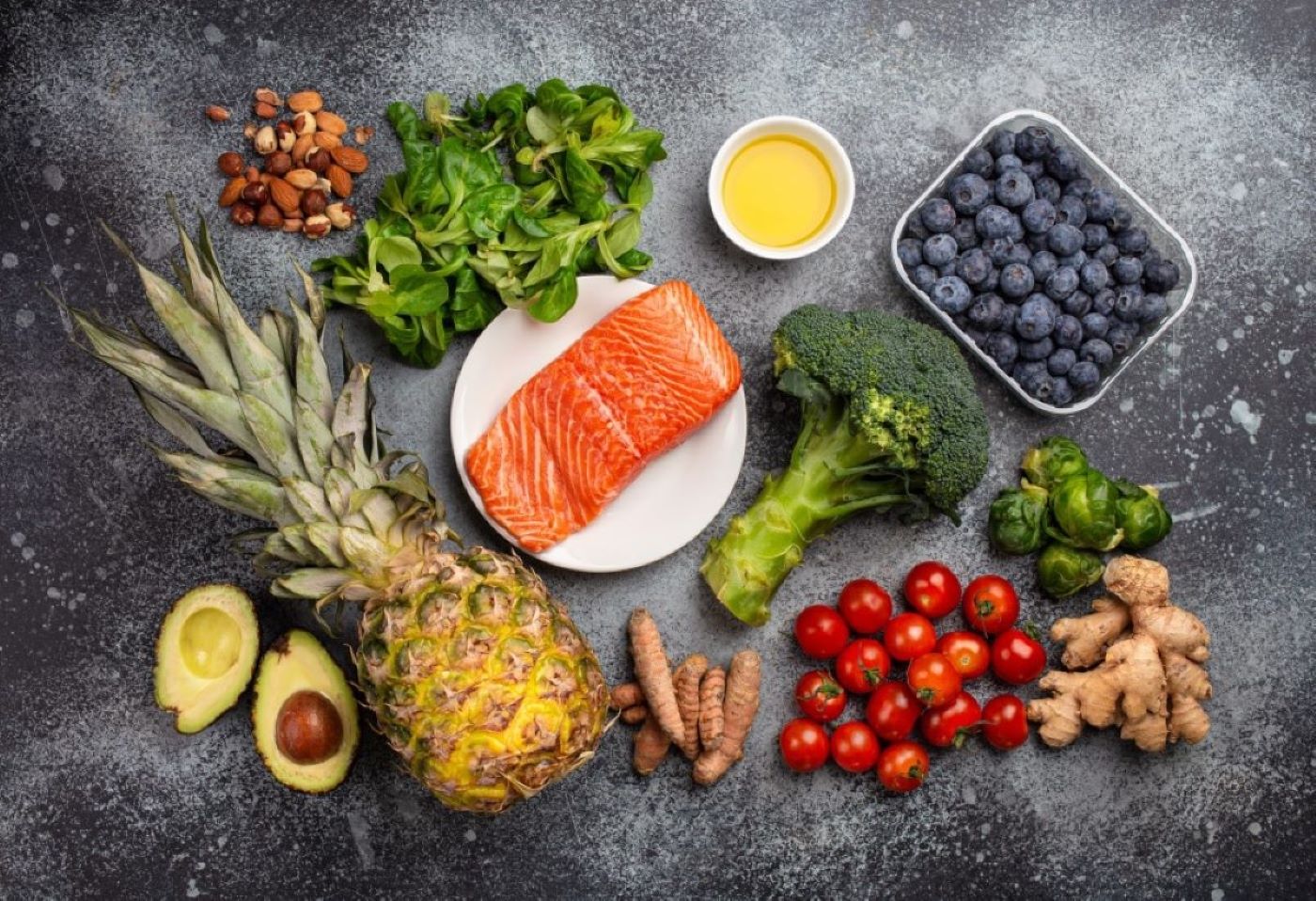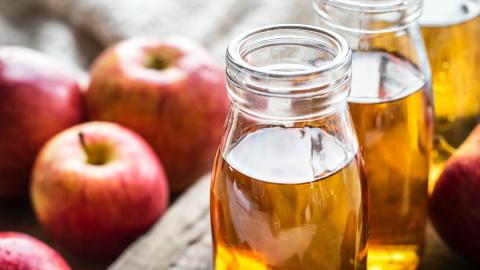What is inflammation, really?
The inflammatory process is a natural part of our immune system, that is, our body’s defenses. In fact, it is one of the first actions our body takes in the event of an infection and involves establishing a physical, non-specific barrier to isolate pathogens. In addition to vasodilation of the blood vessels in the affected area, immune cells, such as neutrophils, are also attracted.
“Typically, it occurs acutely so that the immune system can eliminate potential pathogens that have entered a wound, trauma, burn, or infection and help with repair,” explains Antonio J. Ruiz Alcaraz, an immunologist at the University of Murcia, to the SMC Spain. Once the goal of exterminating the invader is achieved, inflammation is deactivated, healing is activated, and the affected organ or tissue recovers.
Inflammation occurs acutely in order for the immune system to eliminate pathogens that have entered a wound or infection and aid in repair
Antonio J. Ruiz Alcaraz
This is the perfect and ideal plan of what inflammation should be. However, sometimes the strategy doesn’t go as planned, and the process becomes chronic.
“The problem begins when the threat isn’t eliminated, and infections such as tuberculosis become chronic, or when there’s overstimulation, and inflammatory signals are sent without a real threat,” says Ruiz. These are cases where “we keep adding fuel to the fire of inflammation.”
Why is there so much talk about inflammation?
In recent years, there has been a boom in the study of inflammation and its role in countless diseases. From the most obvious and well-known, such as arthritis or type 1 diabetes, to less intuitive ones still under study, like Alzheimer’s and depression.
More and more studies are linking inflammation to other health problems. “It has been seen as a very transversal process in human pathology, and many colleagues are studying it in relation to the diseases they investigate,” Ruiz explains.
The key, Ruiz adds, is that “if we learn to control or manage [inflammation], we can use it to prevent or treat diseases.”
And what does all this have to do with weight?
Inflamed has almost become synonymous with fat. As Ruiz explains, the relationship between inflammation and weight “has a kernel of truth that is then exaggerated.”
“It is true that there’s systemic inflammation within the body related to excessive fat accumulation,” he clarifies. This means that the cells responsible for storing fats (adipocytes) produce a series of mediators that induce inflammation.
“It is chronic, low-intensity inflammation that affects other organs and tissues essential for regulating the patient’s homeostasis,” Ruiz adds. For example, it can lead to conditions such as non-alcoholic fatty liver disease due to the communication between adipose tissue and this organ.
It's very common on social media for the concept of ‘bloating’ to be associated only with being overweight, abdominal swelling or fluid retention
Teresa Roldán
“It’s very common for social media to use the concept of 'inflammation' solely associated with overweight, abdominal bloating, water retention, or changes in body appearance after consuming certain foods,” comments to SMC Spain Teresa Roldán, a researcher at the University of Córdoba. “Many of these symptoms are related to inflammatory processes, but it’s important to differentiate them from systemic chronic inflammation, which has much deeper and not always evident implications.”
So, what’s the link between obesity and inflammation?
Ruiz explains that the inflammation involved in overweight and obesity is different from what happens in the case of infection.
“There are no pathogens, but certain inflammatory mediators are activated that make the inflammation chronic if calories and fats are not reduced, and if a diet more based on fresh products is not adopted,” the researcher comments. He also states that obesity predisposes individuals to certain diseases, such as fatty liver disease, where inflammation also plays a role.
Additionally, this is often accompanied by intestinal inflammation. “We eat so poorly with some Western diets that we constantly expose the intestine to foods that are not conducive to a healthy microbiota, allowing less friendly and more pathogenic microorganisms to appear,” says Ruiz.
“It all goes hand in hand: the intestine is inflamed by this diet, which, if also high in calories, can accumulate fat and cause adipose tissue to send inflammatory signals; if the muscle doesn’t help because there’s no exercise, it can also have repercussions.”
In summary, “inflammation is linked to all these associated pathologies, but it’s a mediator present when one eats poorly and exercises little.”
“Low-grade chronic inflammation associated with obesity is a silent process. Adipocytes become inflamed because they increase in number and size, they don’t breathe well, they don’t receive oxygen properly, and they don’t send satiety signals correctly, leading to overeating and perpetuating the cycle,” declares Marián García, a pharmacist, dietitian-nutritionist, and science communicator, to SMC Spain.
“Because fat isn’t properly oxygenated, it generates free radicals, reactive oxygen species, that cause widespread damage, ranging from fatigue—so common when inflammation is present—to cancer. And this isn’t solved solely with an anti-inflammatory diet,” García adds.
What should I do to avoid these unwanted processes?
Recommendations from researchers like Ruiz are unsurprising: eat fruits, fresh vegetables, legumes, fish, and reduce meats, especially red ones: “Our bacteria like to eat what we can’t, like fiber.” Avoid ultra-processed foods and don’t forget that stress also contributes to the inflammatory process.
“Basically, the ideal would be to return to grandma’s meals,” he concludes.
“There are dietary patterns with solid evidence, like the Mediterranean diet, which has been shown to reduce inflammatory markers in the body,” says Roldán. “Additionally, certain nutrients and natural compounds found in fruits and vegetables have been shown to have a modulatory effect on inflammation. It’s essential to understand that there are no universal answers: what works for one person may not be effective for another. Treating inflammation requires a comprehensive, professional approach that considers each individual and combines a balanced diet with healthy lifestyle practices.”
Regarding the rise of new diets promising to fix these problems, García clarifies: “Anti-inflammatory diet is the new label; before it was the probiotic diet, and before that, the Mediterranean diet. But the reality is that a good anti-inflammatory diet also needs to be probiotic. Everything is connected,” she explains.
In this sense, García adds: “The most effective anti-inflammatory ‘polypill’ is free and is called myokine or exerkine, which is produced through physical exercise. In other words, regular exercise, strength training, combined with a proper diet, is better than any supplement.”
Are supplements marketed as solutions to inflammation effective?
“Many manufacturers take advantage of mixing concepts that sound similar to people, like bloating and inflammation. Bloating can result from dysbiosis in the microbiota, for example, from the well-known SIBO. There are bacteria that ‘get off one stop early’ and ferment in the small intestine instead of the colon, generating gases where they shouldn’t, a kind of ‘bacterial farts’ that cause the bloating,” García responds.
Many manufacturers take advantage of this to mix up concepts that sound similar to people, such as swelling and inflammation
Marián García
“But this isn’t solved simply with supplements. In this case, a nutritional treatment and antibiotics are needed. Probiotics can help, but they will be a piece within a much deeper, comprehensive strategy, which is not being discussed,” she adds.
“The treatment of chronic inflammation requires a comprehensive approach, beyond simplistic solutions or miracle products often promoted on social media,” Roldán asserts.
How can consumers protect themselves from false miracle solutions?
“My advice to consumers is to distrust anyone who talks about miracle tricks that only they know. Hospitals aren’t so clueless as to have the influencer be the one with the solution (to sell it to you, of course),” warns García, who also suggests comparing nutritional claims—what products promise on their websites and Instagram ads—with what appears on the label.
“On packaging, promises are usually less bold because only what can legally be claimed is included. Many manufacturers take advantage of the fact that ‘Internet police’ can’t keep up to sneak in messages that then stick in people’s memory. Nowadays, no specific probiotic product can legally claim to have a specific health benefit,” she concludes.




